If the names Primož Roglič and Tadej Pogacar don't ring any cowbells, then you won't know that in recent years, the small Central European country of Slovenia has become quite the cycling super hub. Top-tier Tour de France talent aside, this little cheese sandwiched between the big breads of Italy, Austria, Hungary and Croatia is also home to a burgeoning bike industry, like component brand Bjōrn Cycles, the newest addition to the Above Category roster.
Founded by engineering friends Ivan and Artem in 2016, Bjōrn's components combine phenomenal usability and performance with refreshingly understated aesthetics. We'd go as far as to say that Bjōrn's design language is instantly recognizable, obviating the need for over-large logos. It's a welcome approach that many brands in and out of cycling could learn from.
"Ivan and I, we're both cyclists, of course," says Artem during a recent video call. "But whereas I'm mostly into road riding, Ivan, he likes gravity - it's a good balance." Both hail from the same region and got to know each other after they started bike component brands at the same time. "It was some coincidence! So we decided to join efforts and make one brand that combined our strengths," he explains. "Much better."

While Artem brought a mechanical engineering foundation to the fledgling brand, Ivan brought a wealth of knowledge from his work as an aerospace engineer. "He's got over fifteen years of experience with composites, so he's got a perspective and knowledge base that's helped us to punch above our weight as a young brand," says Artem. "Plus, he's a real geek for carbon fibre model aircraft, too, so he's always up in the air, which is probably why he loves jumping off things on his bike!"
Unlike most brands working with composites, Bjōrn's goal isn't to make the lightest components. "We don't even think about weight," says Artem. "Design comes first, and a good design will be light and strong. The main thing is to give good stiffness, durability, and comfort," he continues. "For example, when we designed our first mountain bike handlebar, we couldn't break it. We try to break every prototype we make, of course. But this bar, well, we couldn't. It was too strong. It became a bit of a joke!"
Impossibly strong, but not comfy, so the duo began a process to walk back the bar's strength until it met all of their design requirements, a process illustrative of Bjōrn's overall approach to engineering: make it well; don't chase numbers.

"We're quite well-known now for bars, but actually, our first product was a saddle," notes Artem. Why saddles? "Because they are easy to make. So easy that it took us several designs to get it right, ha!"
Early in the development cycle, Artem and Ivan hit upon the perennial problem of saddle design: bonding. "It's very tricky to get a good, reliable connection when you bond the saddle's rails to the upper," says Artem. "We heard on the grapevine that many brands were struggling with this on their production models, so we decided to use a time-proven solution of mechanical insertion, and adhesion by 3M."
With the underside secure, the duo turned their attention to the upper. "Too soft is uncomfortable, but so is too stiff," he shrugs. "And of course, that's obvious, but the devil is in the detail of tuning the surface to the expectations of your customer and the desired riding style."
In keeping with their off-beat problem-solving approach, Artem and Ivan looked not to the saddle but to the cyclist's chamois for design inspiration. "Bike short pads have been getting thinner and thinner and denser and denser," he notes. "So more comfort, with less material. That knowledge informed our design process because when you realize that the saddle is just one part of a larger system, you approach the problem differently. It's a small shift, but it leads to big changes in the final product."


Witness the striking looks of the 3D-printed Setka or the cork-topped Probka as evidence of where Bjōrn's left-field thinking meets the road. "Cork is in many ways hyper-modern," says Artem. "Ivan is very interested in shoe production - actually, he's interested in everything - and cork is a mainstay of quality shoes. It's a breathable, natural material, very lightweight and very long-lasting." You can add low thermal conductivity to that impressive list, which is why cork is still the go-to material in the aerospace industry for holding back the heat generated from rockets and reentry. Yes, cork is wasted in wine bottles.
But back here on Earth, the sea, not space, sealed the deal on Bjōrn's use of cork. "If you know anything about fishing rods, you'll be familiar with their cork grips," says Artem. "Fishing rods have to last a lifetime, but their grips don't tend to deteriorate despite the sun, sweat and sometimes salt water. So we infuse the Probka saddle with the same treatment from the same US brand that provides the cork seal for fishing rods."
Still, despite the Probka's resilience, Artem recommends cleaning it occasionally. "A little soap and warm water is all you need to bring the saddle back to fresh - no harsh chemicals, please!"
A roundup of Bjōrn's product line wouldn't be complete without mentioning their seatpost, Glagol, an exceptionally well-made piece that combines a strong and secure two-bolt mechanism with a beautifully pared-back aesthetic. It's a delight.

"Glagol came about as a natural complement to our saddles, and with Ivan's composites knowledge, we felt we could bring something new to the market," notes Artem. "One of its innovations is the two-bolt system - how the bolts are angled and the fabrication of the top and bottom plates. It's very secure but designed to give if it ever experiences an extreme hit, analogous to the protective fuse in a wall socket. Of course, a big knock is rare, but at one time or another, we've all landed heavily on a saddle after an unexpected pothole, and we felt that adding an element of protection to what is a very light part would be a smart idea."
Artem explains that the angled bolts also serve another purpose: they're easy to access and adjust, even with Glagol's setback model. "Making micro adjustments at home or on the road shouldn't ever risk scratching the post or be in any way frustrating. Hopefully, our design solves that problem."
The clock is ticking, and Artem has to head off to another meeting. But there's still time to ask him about the Slovenian cycling scene. "Slovenia is so rural. There are not a lot of possibilities for anything other than hiking, cycling, working in the garden or drinking beer! he laughs. "Sometimes all of the above. We have great roads, trails, beautiful nature and welcoming people. It's a cycling paradise. You should come and ride here soon!"

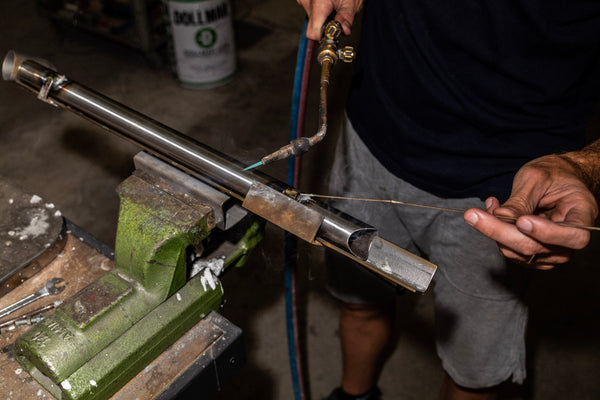
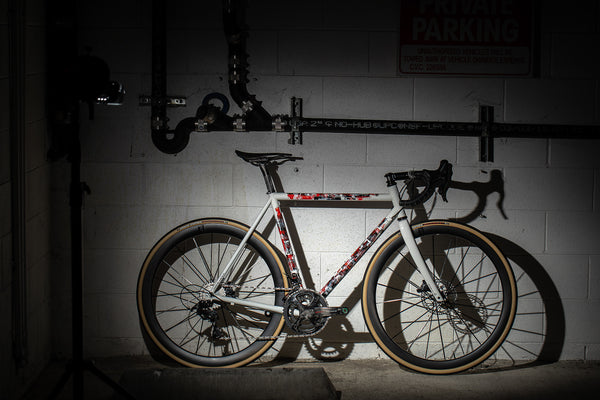
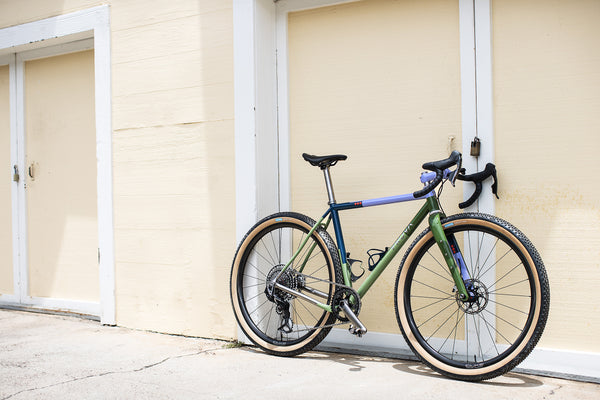
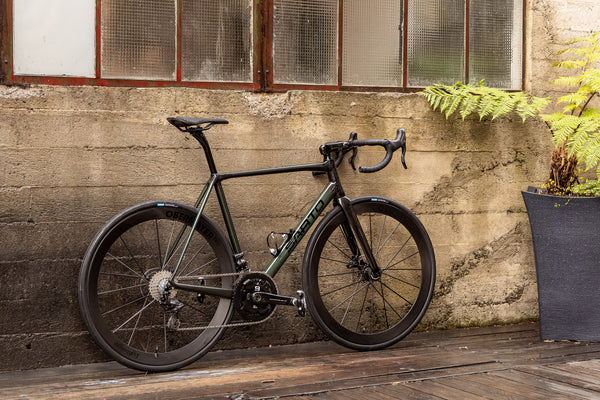
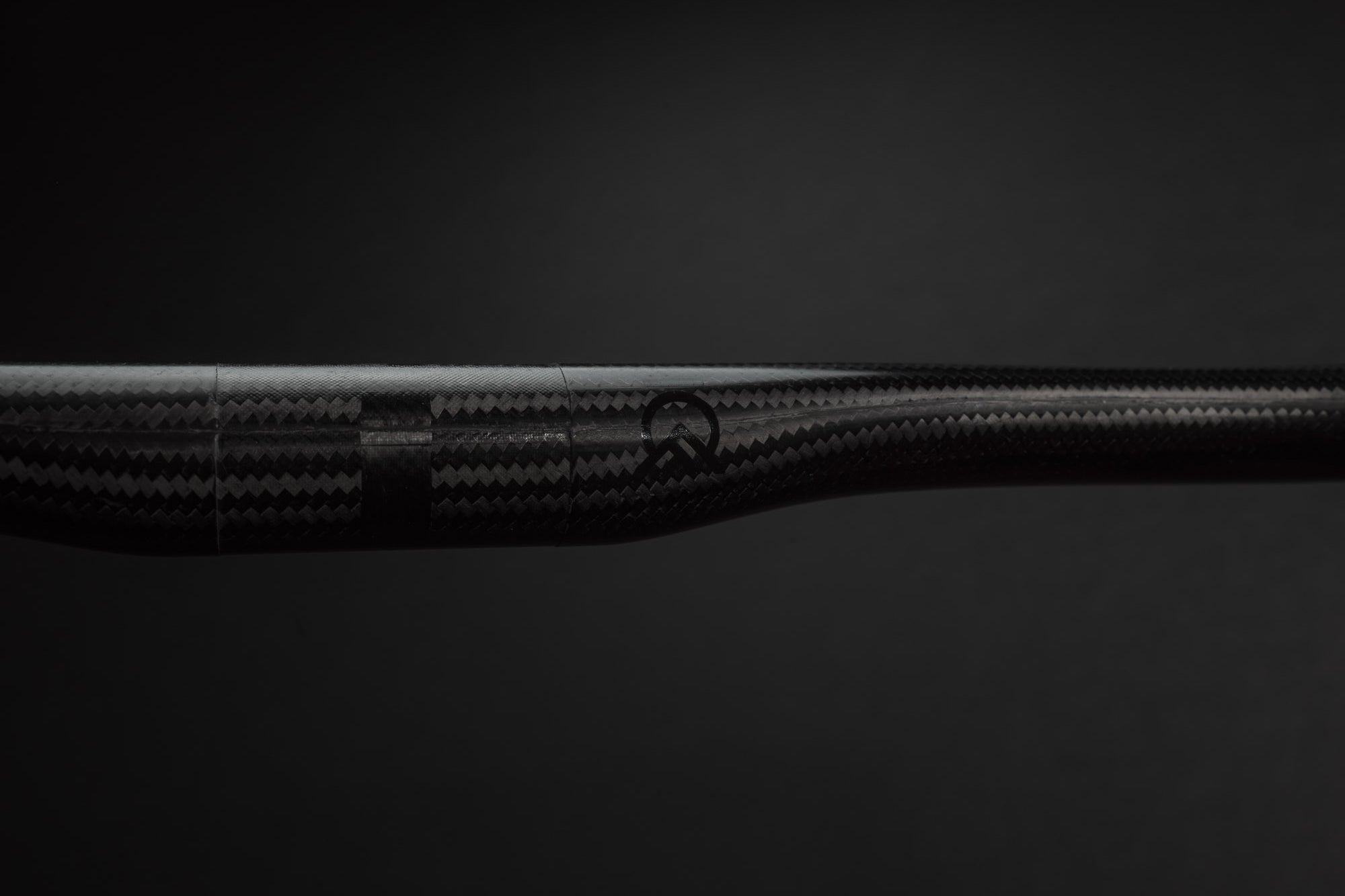
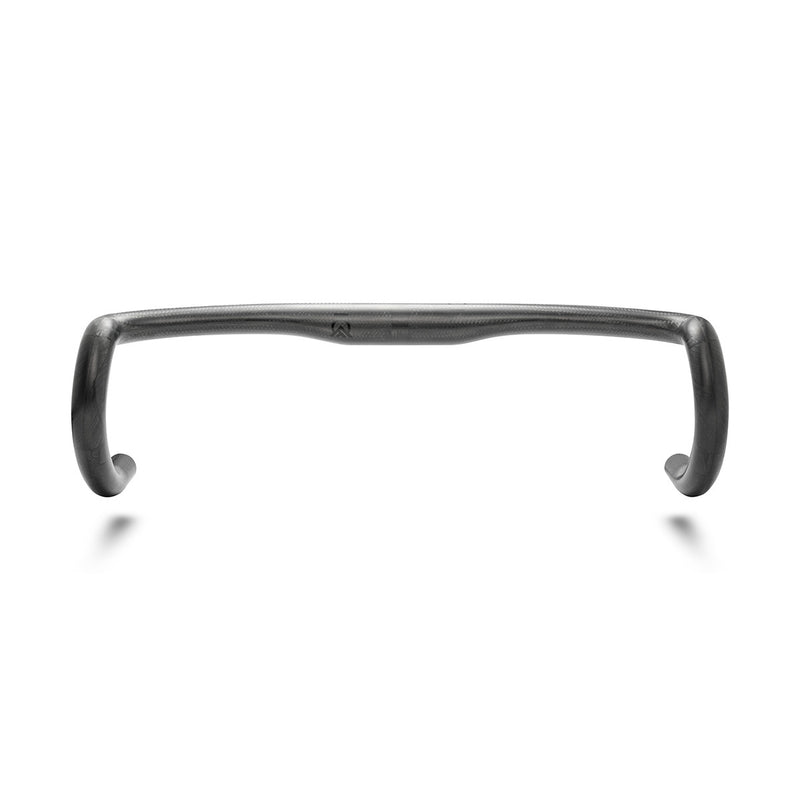
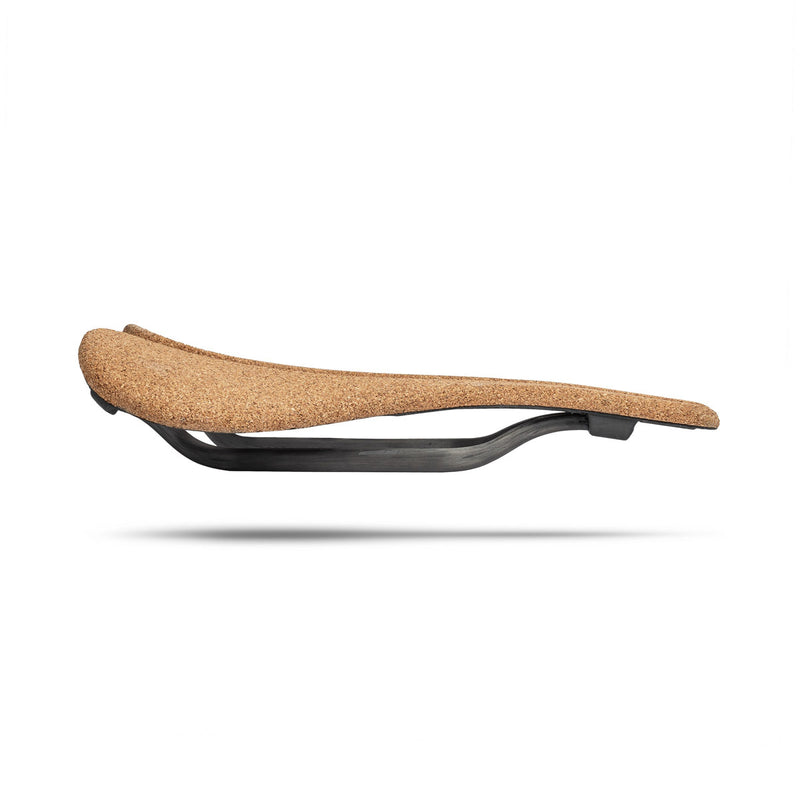
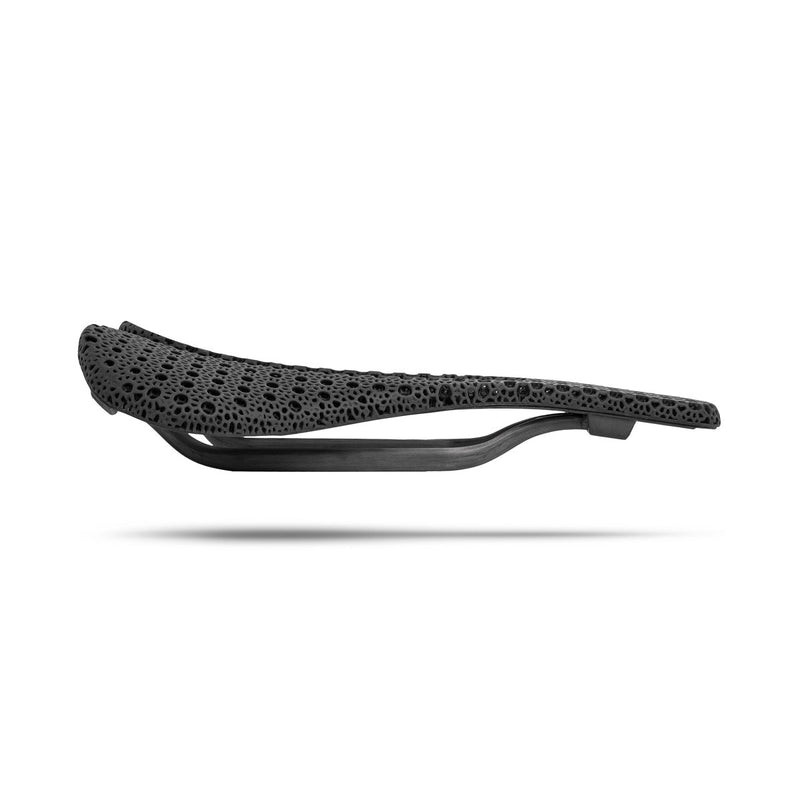
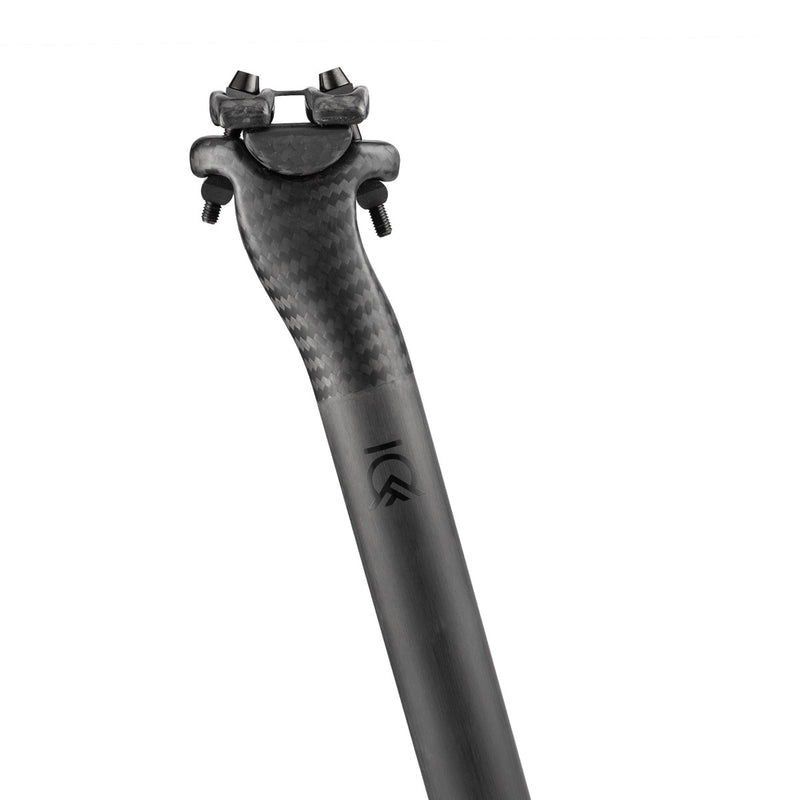
Back to Journal